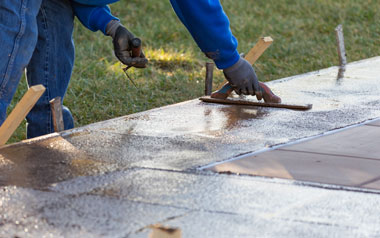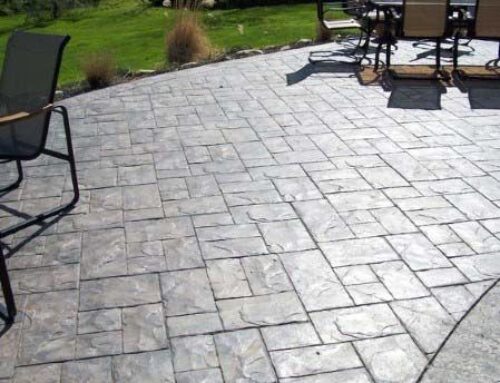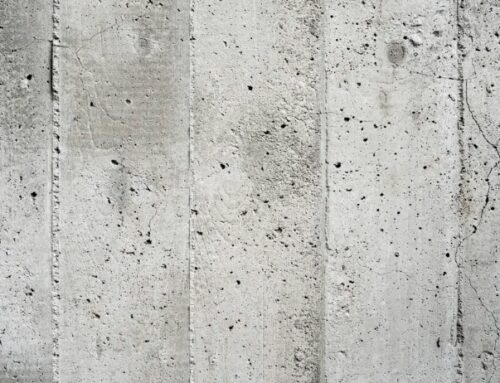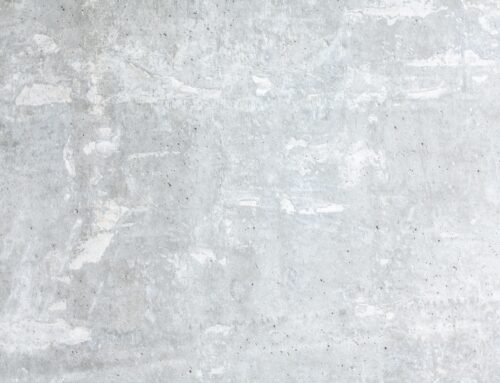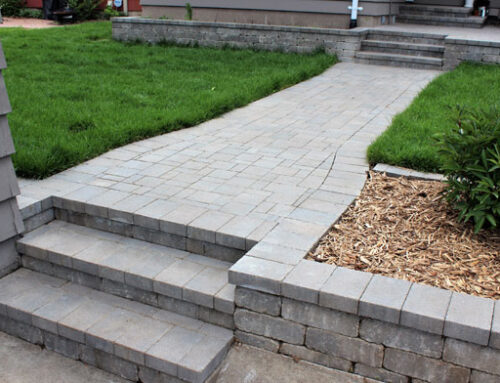If you are a home or business owner, you know how important it is to keep your concrete looking good. But did you know that there are different types of concrete? That’s right! Not all concrete is created equal. Depending on your needs, different types of stamped concrete may be better suited for your project.
This article will start by covering the basics of stamped concrete. We will then move on to the top 10 types of stamped concrete, their benefits, and the installation process. By the end of this article, you should have a good understanding of which type of stamped concrete is right for your needs.
What is Stamped Concrete?
Stamped concrete is a type of concrete that is textured or imprinted to resemble stone, brick, slate, cobblestone, and other materials. It is commonly used for patios, sidewalks, driveways, pool decks, and flooring. The process of stamping concrete involves adding a release agent to the wet concrete mix before it is poured. This allows the contractor to press stamps into the concrete while it is still wet. As the concrete dries, the stamps leave an imprint on the surface.
Once the concrete is dry, it can then be stained or sealed to give it a more finished look. Stamped concrete is a popular choice for many homes and business owners because it is less expensive than natural stone or brick and requires less maintenance.
There are many different types of stamped concrete, each with its own unique benefits. Let’s take a look at the top 10 types of stamped concrete:
- Ashlar Slate Stamp Concrete
The Ashlar slate stamp is one of the most popular types of stamped concrete. It features a deep-grained texture that resembles natural stone. This type of stamped concrete is perfect for patios, walkways, and pool decks.
- Brick Stamp Concrete
Brick stamp concrete is textured to resemble brick pavers. It is a popular choice for both home and business owners because it is easy to maintain and offers a classic look.
- Cobblestone Stamp Concrete
Cobblestone stamp concrete is textured to resemble natural cobblestones. It is a popular choice for driveways, patios, and walkways.
- Flagstone Stamp Concrete
Flagstone stamp concrete is textured to resemble natural flagstone. You can expect to see this type of stamped concrete around pools, patios, and walkways.
- Random Stone Stamp Concrete
Random stone stamp concrete is textured to resemble randomly laid stone pavers. It is one of the most popular types of stamped concrete and can be used for both home and business projects.
- Sandstone Stamp Concrete
Sandstone stamped concrete is textured to resemble natural sandstone. Some of the most common places you can expect to see this type of stamped concrete are patios, sidewalks, and driveways.
- Slate Stamp Concrete
Slate stamp concrete is textured to resemble a natural slate. You can typically define slate concrete by its deep graining. Slate is a popular choice for both home and business owners who are looking for a classic look.
- Travertine Stamp Concrete
Travertine stamp concrete is textured to resemble natural travertine stone. It is a popular choice for pool decks, patios, and walkways where a natural look is desired.
- Wood Plank Stamp Concrete
Wood plank stamp concrete is textured to resemble wood planks. It is a popular choice for pool decks, patios, and driveways with heavy amounts of foot traffic.
- Stamped Concrete Overlays
Stamped concrete overlays are a type of concrete that is textured or imprinted to resemble stone, brick, slate, cobblestone, and other materials. They are commonly used for patios, sidewalks, driveways, pool decks, and flooring.
Now that you know a bit more about stamped concrete, let’s take a look at the benefits of stamped concrete.
The Benefits of Stamped Concrete
There are many benefits to stamped concrete that make it a popular choice for both home and business owners:
- Cost-Effective – Stamped concrete is less expensive than natural stone or brick. It is also less labor-intensive to install, which saves on installation costs.
- Durable – Stamped concrete is a very durable material. It is resistant to cracking, chipping, and fading.
- Low Maintenance – Stamped concrete is easy to maintain. It does not require sealing or waxing and can be cleaned with a hose or power washer.
- Versatile – Stamped concrete is very versatile. It can be used for both indoor and outdoor applications.
- Infinite Design Possibilities – The design possibilities are endless with stamped concrete. You can choose from various colors, patterns, and textures to create the perfect look for your home or business.
Now that you know more about stamped concrete and its benefits, let’s take a look at the installation process.
The Installation Process for Stamped Concrete
Both professional contractors and DIY enthusiasts can install stamped concrete. However, we recommend leaving the installation to the professionals. They have the experience and expertise to ensure that your project turns out just the way you want it.
If you’re considering stamped concrete for your home or business, we hope this article has given you some helpful information. Stamped concrete is a great choice for those looking for a durable, low-maintenance, and cost-effective material. It is also versatile and can be used for both indoor and outdoor applications. When it comes to stamped concrete, the possibilities are endless. So, if you’re looking for a unique and stylish way to improve your home or business, consider stamped concrete.

